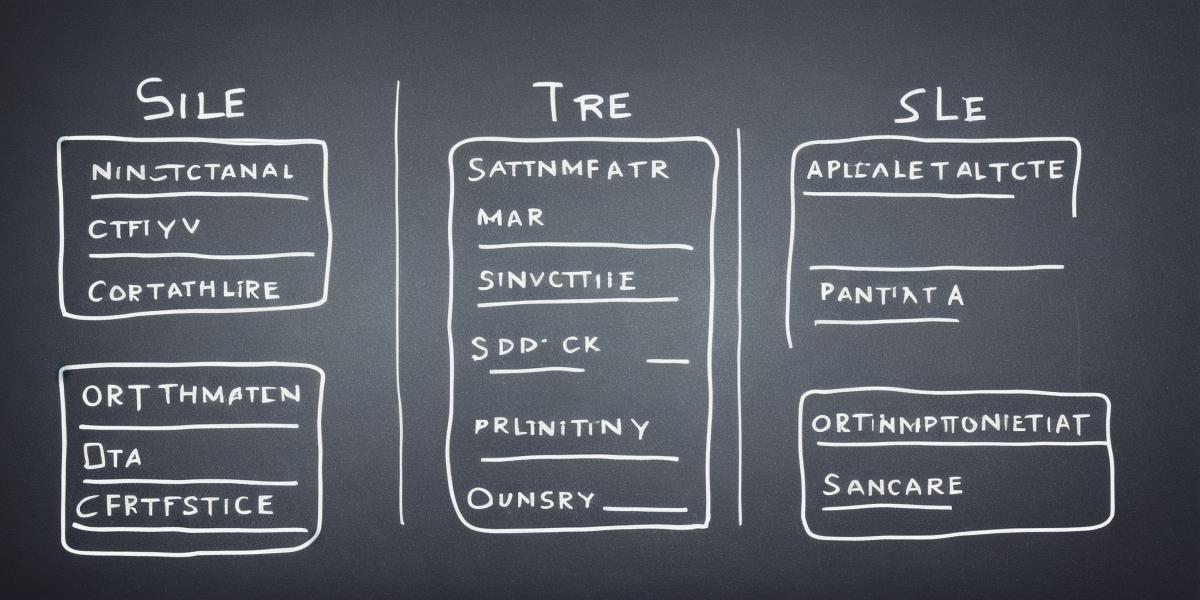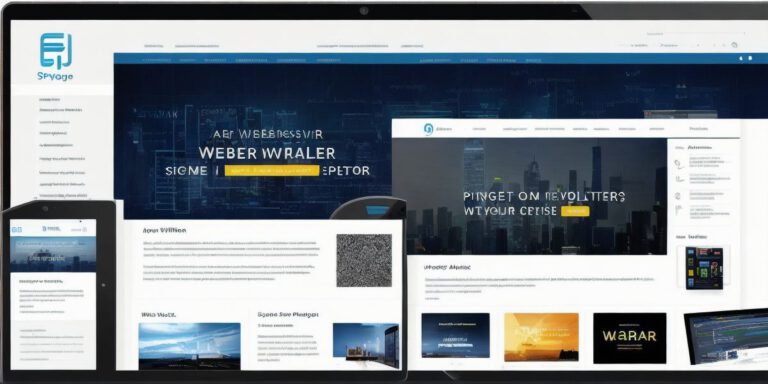Exploring the Differences Between Functional Programming and OOP

Understanding the Differences Between Functional Programming and OOP: A Guide for Software Developers
In today’s world, software development has become an essential part of our lives. It powers everything from the apps we use on our smartphones to the systems that control critical infrastructure. However, there are many different programming paradigms out there, each with its own strengths and weaknesses. Two of the most popular paradigms are functional programming (FP) and object-oriented programming (OOP).
In this article, we will explore the main differences between these two paradigms and explain how they might be used in different situations. We’ll also provide some real-world examples to help illustrate our points and answer some frequently asked questions at the end.
What is Functional Programming?
Functional programming is a programming paradigm that emphasizes the use of immutable data structures and pure functions. It was developed in response to the limitations of imperative programming, which focuses on mutable state and side effects.
In functional programming, code is written as a series of functions that take inputs and produce outputs without changing the state of the program. This makes it easier to reason about, test, and debug, as well as making it more parallelizable and scalable.
One of the key concepts in functional programming is higher-order functions, which are functions that accept other functions as arguments or return functions as their output. Higher-order functions allow for greater flexibility and abstraction, enabling programmers to write code that is more reusable and easier to maintain.
What is Object-Oriented Programming?
Object-oriented programming (OOP) is a programming paradigm that focuses on the use of objects to model real-world entities and their relationships. It was developed in response to the limitations of procedural programming, which relies on procedures or routines to perform tasks.
In object-oriented programming, code is written as a collection of objects that interact with each other through methods and attributes. Objects can be thought of as instances of classes, which define the behavior and characteristics of the objects.
One of the key concepts in object-oriented programming is encapsulation, which refers to the idea of hiding the internal details of an object and providing a public interface for interacting with it. Encapsulation makes it easier to modify the implementation of an object without affecting its behavior, as well as making it easier to reason about and test.
When to Use Functional Programming?
Functional programming is well-suited for situations where concurrency and parallelism are important, such as in high-performance computing or distributed systems. It can also be useful in situations where immutability and side effects are a concern, such as in web development or testing.
Here are some real-world examples of functional programming in action:
- Google uses functional programming extensively in their data processing pipelines, which handle massive amounts of data in parallel across thousands of machines.
- The Apache Hadoop project is another example of a functional programming framework that is used for big data processing and analysis.
- In web development, functional programming can be used to write serverless functions or microservices that are stateless and scalable, making them ideal for modern web applications.
When to Use Object-Oriented Programming?
Object-oriented programming is well-suited for situations where modeling real-world entities and their relationships is important, such as in business applications or simulations. It can also be useful in situations where there are complex interactions between objects, such as in game development or multimedia production.
Here are some real-world examples of object-oriented programming in action:
- The Unity game engine uses object-oriented programming extensively to model game objects and their interactions.
- The Blender 3D modeling software also uses object-oriented programming to represent 3D models and animations.
- In business applications, object-oriented programming can be used to model complex systems








